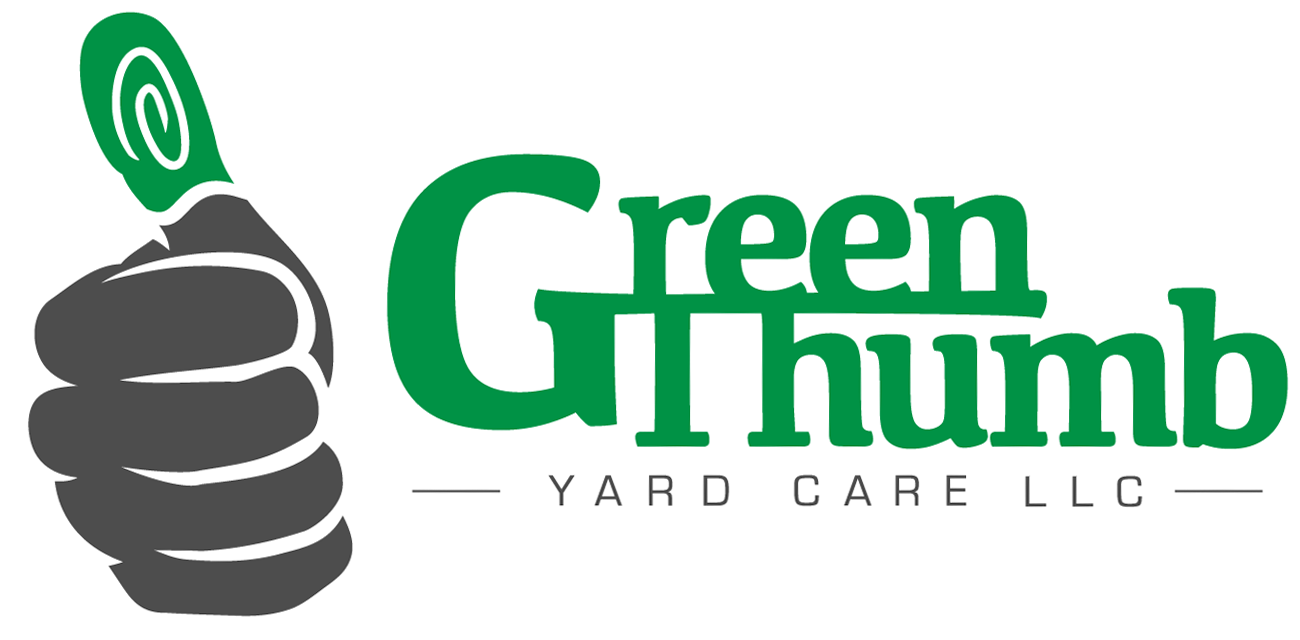Tree Planting Basics
How much?
For this application, I chose a serviceberry tree. You will find a wide range of price points from almost nothing to upwards of $500.
What makes the cost so variable? It all comes down to size and variety.
If you want a tree that is going to be 8ft tall the day you purchase it, be ready to spend over $300 on the tree itself! (This is also wholesale pricing that we have access to because of our business. As a homeowner, expect to pay double… or more!)
If you are playing the long game, you can buy a sapling from our Maryland State Forestry service for almost nothing. They may even have an event where they GIVE them away! But be prepared to take a small, single stem shoot back home and wait 5 or more years until it even resembles a tree.
Don’t worry because these are only the two extremes. You have options at every interval in between.
What do you need?
Planting a tree is simple. However, do NOT confuse simple with easy.
To successfully plant a tree all you really need is a tool to make a hole. Most people will have a sturdy shovel around the house. I also recommend a digging bar.
A digging bar is fantastic for breaking up hard soil and positioning your tree once it is in the hole.
Here are other tools you may find helpful when planting your tree:
The above links are Amazon affiliate links. Purchasing your planting tools with these links will help us earn money and improve our site WITHOUT costing you anything extra!
Planting your tree
Unfortunately, there is no easy trick to planting your tree. It is going to take hard work. However, having the right tools will make the process smoother.
Simply start digging. If you can dig a hole 2x as wide and 2x as deep, that is fantastic! In most situations, this will not be possible.
This area of my yard is already landscaped. I only had enough room to dig a hole for the root ball and that is okay.
I use the shovel and digging bar in tandem to break up hard soil and remove it from the hole.
Once the hole is excavated, gently lower the tree into place. After the tree is in the hole, I like to “face” or orient the tree so that the best side is showing. In this case, I put the bare side near the fire pit to avoid damaging any leaves and stems.
Now, the hard part is finished! Backfill the hole with the soil that was removed and water.
To better understand this process view the accompanying video.
Caring for your new tree
Taking care of your new Serviceberry tree is easy. You may need to prune and stake your tree and DEFINITELY water.
Pruning is not always necessary. If your tree looks good, then there is no work to do. However, if any limbs were damaged during transport or planting, they should be removed. I also like to take this opportunity to remove any dead wood, crossing branches, etc.
If your tree is not balanced or just has a hard time staying upright, try staking it in place. Usually staking is not necessary, so I only perform this step if it is needed.
Last but not least, water. This is the most important step in caring for your tree. Immediately after planting, I like to give my trees a thorough soak. Every 2-3 days after planting I will give the tree a thorough watering. Depending on the time of year, I may do this for a month or even an entire season. To make your life easier, you can set up a soaker hose on a timer at the base of your tree. Set it and forget it.
Here are some links to helpful tree care products:
Ready to plant a tree?
We are happy to help! We can help as much or as little as you wish.
- Help choose a site
- Help choose a species
- Purchase and delivery for at a reasonable price
- Planting service
You decide what you need and we will make it happen!
